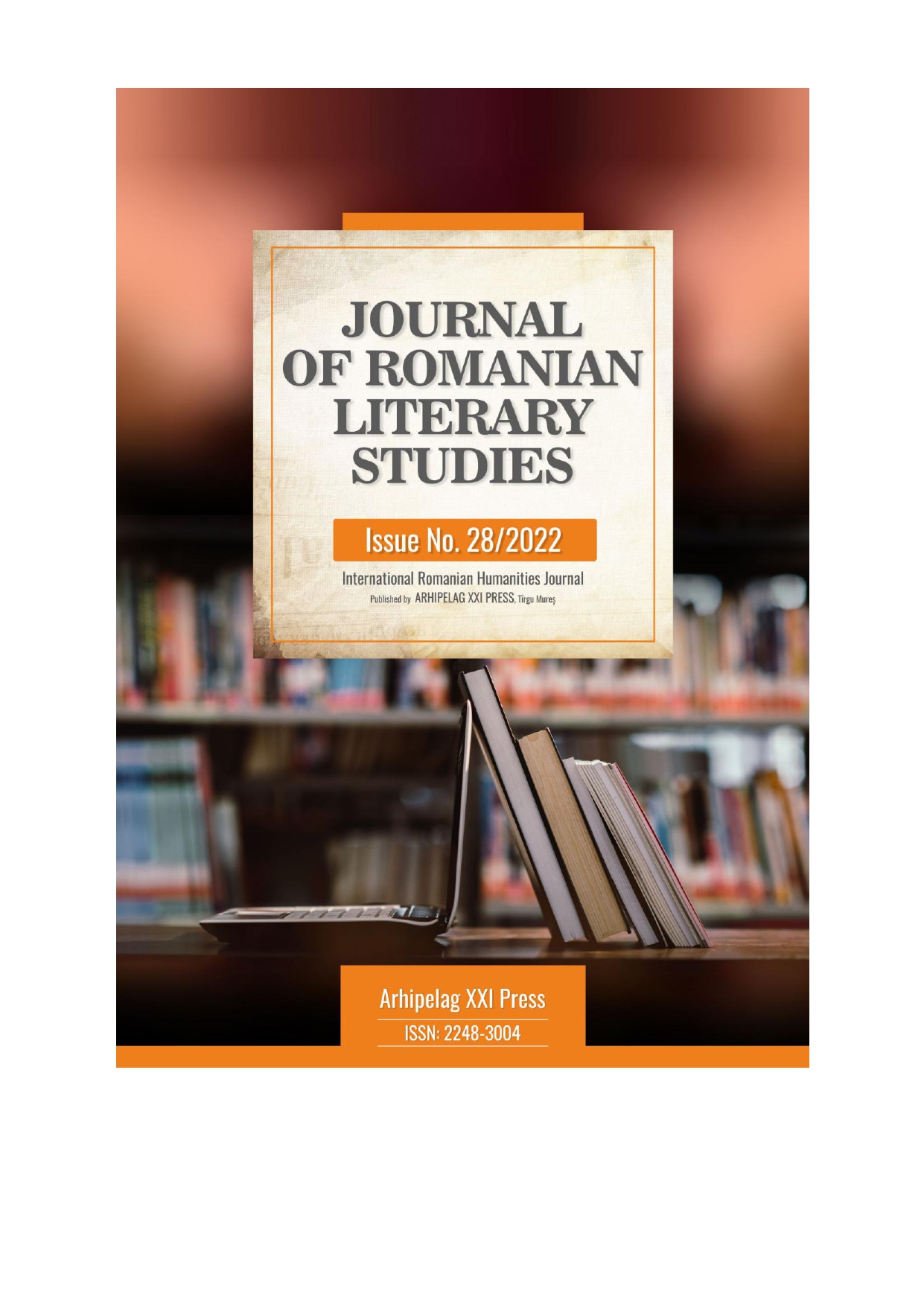THE USE OF SYMBOL AND ARCHETYPE IN D.H. LAWRENCE’S ‘WOMEN IN LOVE’
THE USE OF SYMBOL AND ARCHETYPE IN D.H. LAWRENCE’S ‘WOMEN IN LOVE’
Author(s): Diana-Eugenia Panait-IoncicăSubject(s): Novel, Philology, Theory of Literature, British Literature
Published by: Editura Arhipelag XXI
Keywords: mythological novel; archetype; symbol; spirit of place; Eros and Thanatos;
Summary/Abstract: D.H. Lawrence’s book ‘Women in Love’ might be seen as the sign of his ‘revolt against intellectualism’ (Scott, in Draper, p.162) Lawrence argues instead for the importance of ‘blood- consciousness’, which he sets apart from ‘the ordinary mental consciousness.’ (Lawrence, Fantasia, p.13) His appeal to myth is the sign that the ‘scientific way of understanding’ has reached its limits and is drawing near to the natural end. Thus, we can see the novel as a “mythological novel” (in White’s definition - White, 2015), though Lawrence employs mythical allusions mainly as a method of character revelation and development and although his use of allusions is often contradictory (including references to African and Egyptian, but also Germanic, Greek and Roman mythologies). In the current study, we try to trace the ‘hints and scattered bits and pieces of numerous myths’ (Eastman, 1976), in an attempt to make sense of the fascinating mythical references that form the fabric of a dense, sometimes puzzling novel.
Journal: Journal of Romanian Literary Studies
- Issue Year: 2022
- Issue No: 28
- Page Range: 145-148
- Page Count: 4
- Language: English

